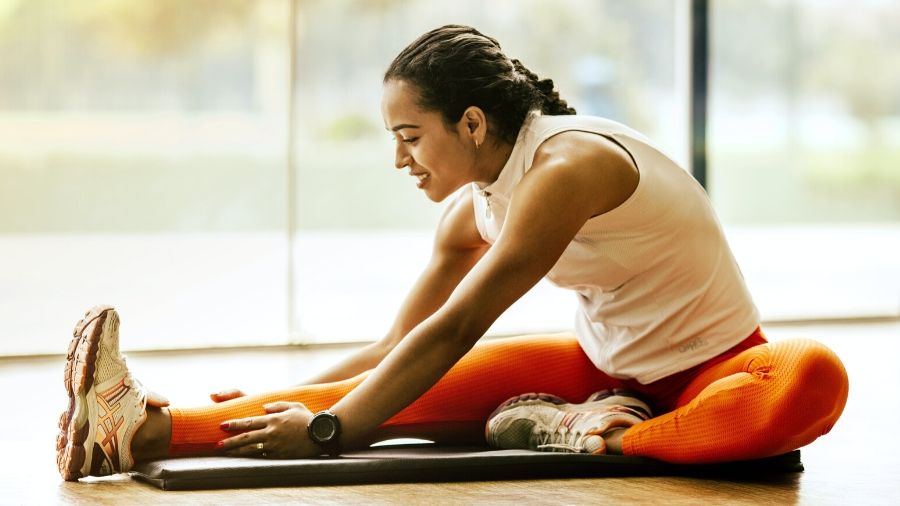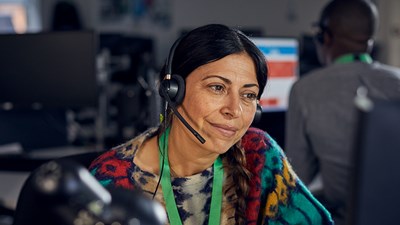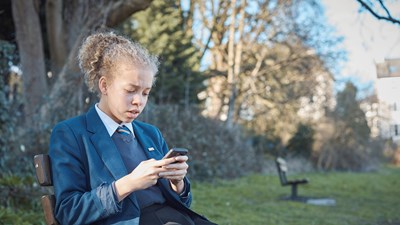1. Get your bike set up for you
Making sure that your bike fits your body correctly is vital to reducing the risk of injury. Ensure that you have a comfortable riding position and that you’re using your legs in the most efficiently pedalling motion.
Ask your local bike shop to help or book in with a specialist.
2. Don't over-train
The more you pedal, the better you’ll get, right? Not always. Overdoing it will simply put you at greater risk of injury.
Cycling stimulates different muscles to those we use in everyday life. You’ll find aches and pains in unusual places and your body will need time to adjust.
It’s important to stick to your plan and not push yourself too much. Less is often more.
3. Include cross-training
Mixing up your training is great for both body and mind.
Swimming, circuit training or a session in on the elliptical trainer (remember to keep your heels down on the pedals!) will all boost your fitness and give those aching muscles a bit of rest.
4. Rest when you need to
Sometimes you don’t feel like training and sometimes it’s not worth it.
Perhaps you’re feeling under the weather, or you’ve had a stressful day at work or just had a poor night’s sleep. Listen to your body. And if you need to, take an extra rest day. You’ll feel better for it.
Missing one training session doesn’t mean that you won’t be able to complete your challenge. It just means that the next time you train you’ll be ready and raring to go.
5. Loosen up
Dynamic stretching before cycling will improve the quality of your training session, while static stretching afterwards helps your muscles get back to their normal state. If you find stretching difficult, then try a beginner Pilates or yoga class.
6. Massage
A good sports massage is a great way to iron out the kinks in your muscles that occur during training. It might hurt in the moment, but you’ll feel great afterwards.
Alternatively, invest in a foam roller. Athletes swear by it. Rolling sore or tired muscles is a form of self-massage that helps your recover from the strain of training.




